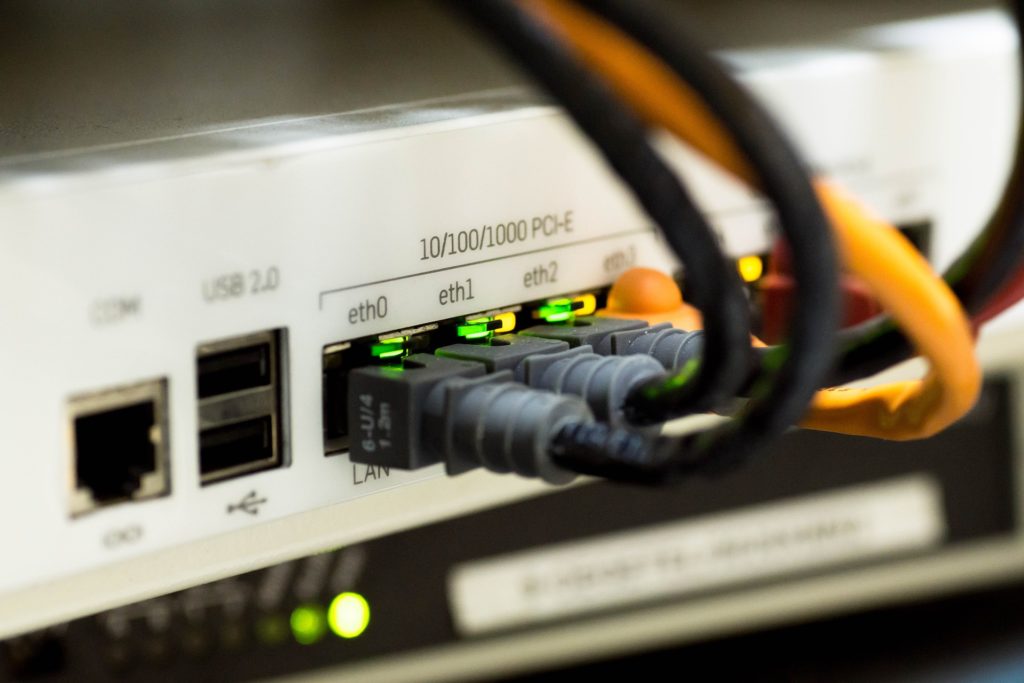MAC address vs IP address: What’s the difference?
MAC address vs IP address: One is a unique hardware identifier, while the other identifies a device’s network connection. Learn more with BlueCat.
Last updated: June 12, 2024

Published in:
Published on: May 13, 2021

Rebekah Taylor is a former journalist turned freelance writer and editor who has been translating technical speak into prose for more than two decades. Her first job in the early 2000s was at a small start-up called VMware. She holds degrees from Cornell University and Columbia University’s Graduate School of Journalism.
Related content

Unlock DNS Redundancy with BlueCat Micetro’s xDNS
Discover how BlueCat Micetro’s xDNS Redundancy simplifies hybrid cloud DNS management, providing seamless redundancy, robust protection against DNS…

Three technical reasons to let go of legacy tools and unify your DDI
Learn with BlueCat how security by design, cloud integration, and API programmability offer three technical reasons to adopt Unified DDI.

Combine BlueCat Integrity with LiveAction network observability for total awareness
Shift to proactive, intelligent network operations when you combine a DDI foundation with network performance monitoring solutions.

Micetro simplifies hybrid cloud DNS and IP address management
Learn how Micetro can help you simplify and streamline DNS and IP address management across hybrid and multicloud environments.